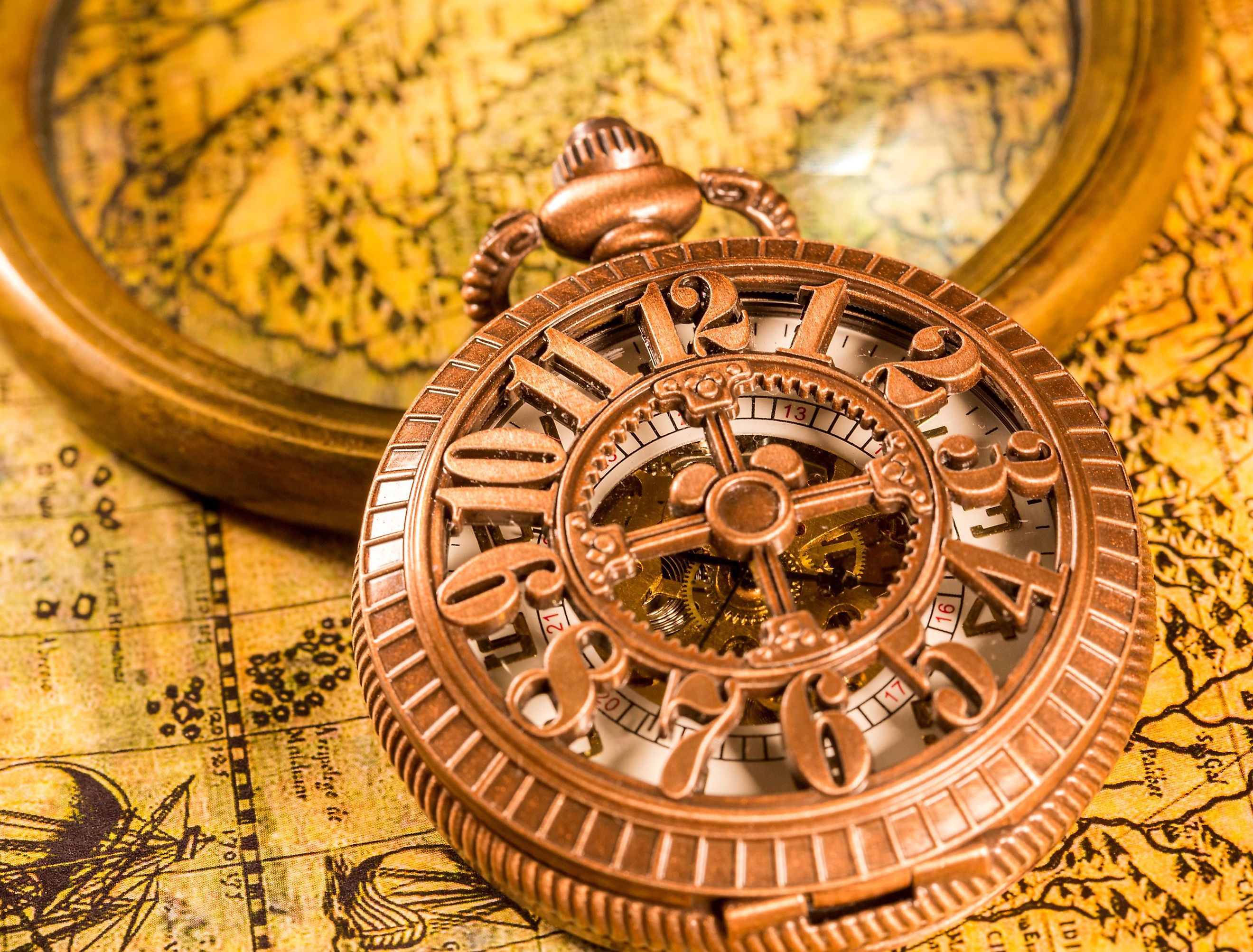
Inventions From The Middle Ages That We Still Use Today
The Middle Ages were a specific period in the history of Europe that lasted from the 5th to the 15th century. This period was marked by a series of negative events but is also remembered for a range of crucial inventions that played a critical part in shaping the world that we live in today.
While many history books believe the Middle Ages to be a period of “darkness” because of war, famine, and a decline in learning and literacy, it was also a period of discovery and innovation. The High Middle Age period is especially notable as a time when a large number of agricultural and technological innovations were brought to life.
Here are some of the most significant inventions from the Middle Ages that are still important to modern society and are objects that we use in our daily lives!
1. Paper Money as Currency
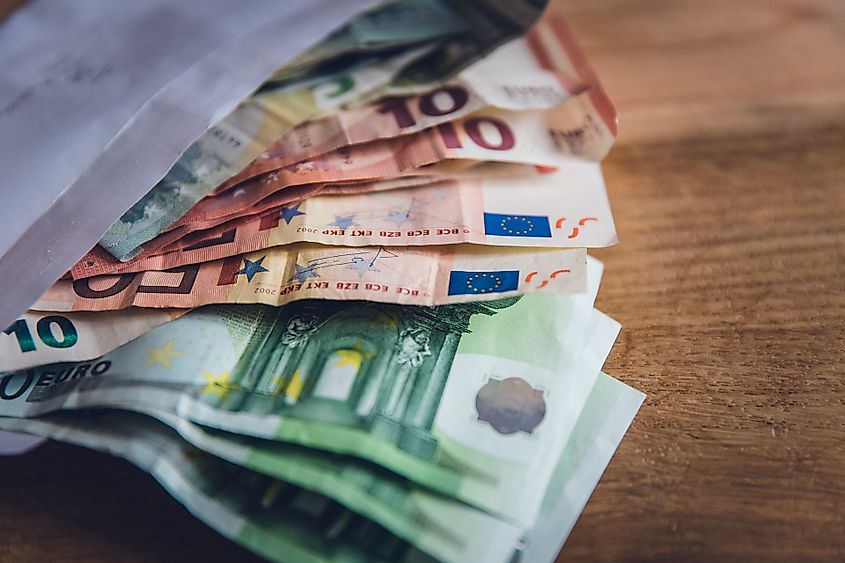
There’s no denying the immense impact of paper money and currency in the world we live in today. In fact, paper money issued by the government was first printed in China in 1023 and not in Europe. This was an innovation that replaced the paper money issued by private enterprises in the Szechuan province in the early 10th century.
One of the main reasons paper money became relevant was because it served as an ideal replacement for precious metals that were heavy and needed to be constantly carried around. Paper money was not implemented in Europe until the 16th century.
2. Mechanical Clock
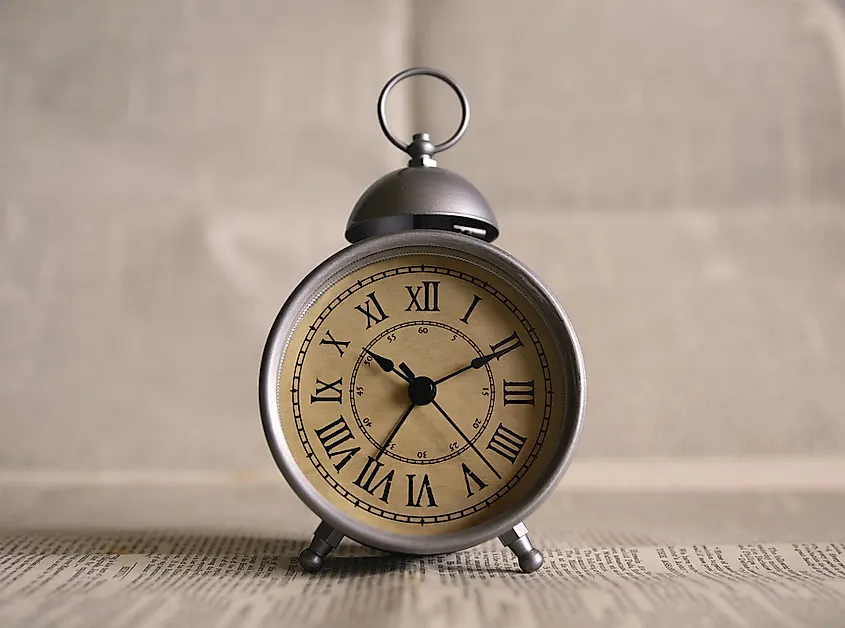
While timekeeping devices have been around since ancient times, the mechanical clock that we know today was not developed until the Middle Ages. During the Middle Ages, advanced technology was developed that was able to accurately keep track of time. The understanding of hours, minutes, and seconds revolutionized the entire world. Despite the invention of digital clocks and smartphones, mechanical clocks still remain an integral part of society and are used by people across the world.
3. Compass
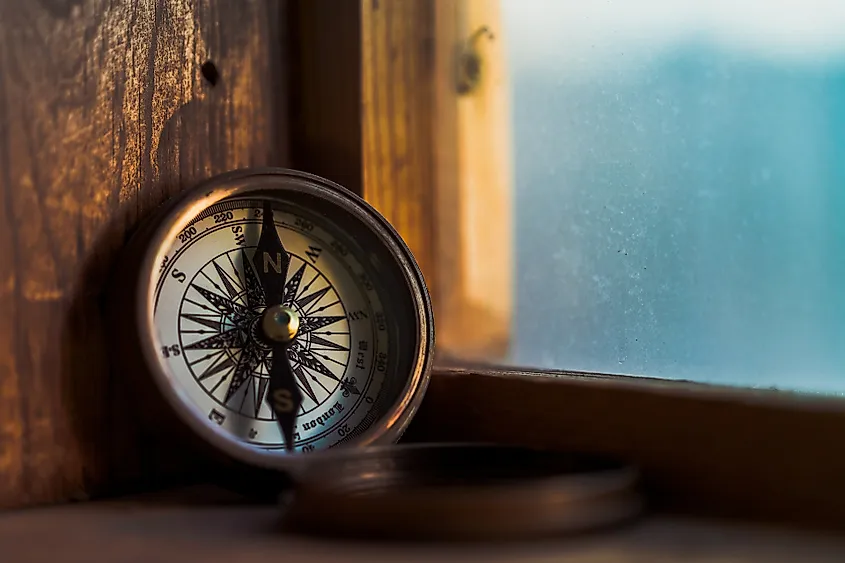
The earliest versions of the modern compass were developed in medieval Europe. Older compasses existed in China and Mesoamerica much before the Medieval period but the technology associated with the compass as we know it today was developed during the Middle Ages. The need for compasses arose in medieval Europe when navigators, merchants, and sailors realized they required some kind of a device to help them navigate and safely traverse the ocean during their long journeys.
4. Gunpowder Formula
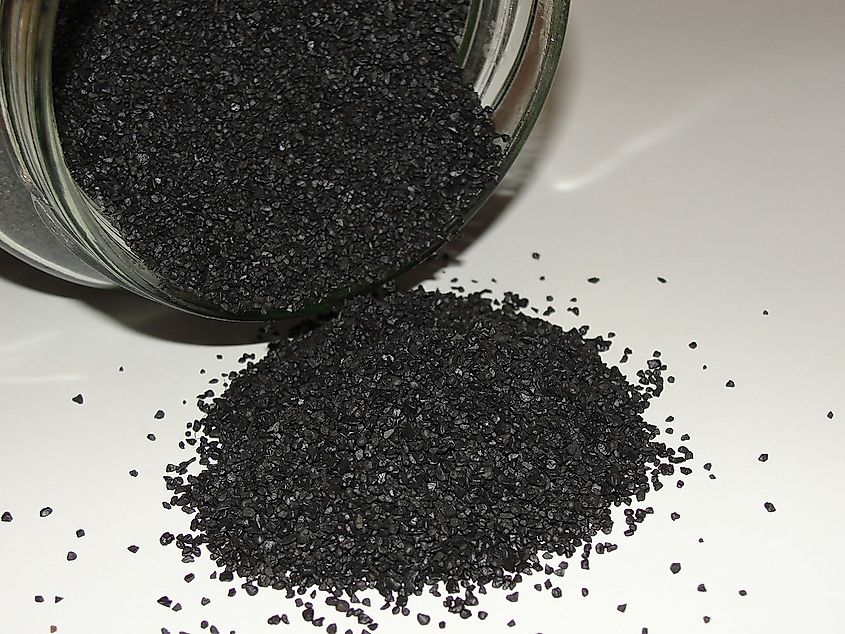
Gunpowder was first invented in China between the 9th and 11th centuries. This revolutionary innovation led to a critical turning point in the history of mankind. Once it was invented, gunpowder was instantly used as a tool in warfare. When it arrived in Europe in the 13th century, it permanently altered the way in which people approached warfare. While weaponry has advanced in the modern world we live in today, gunpowder is still used in hunting and other activities.
5. Printing Press
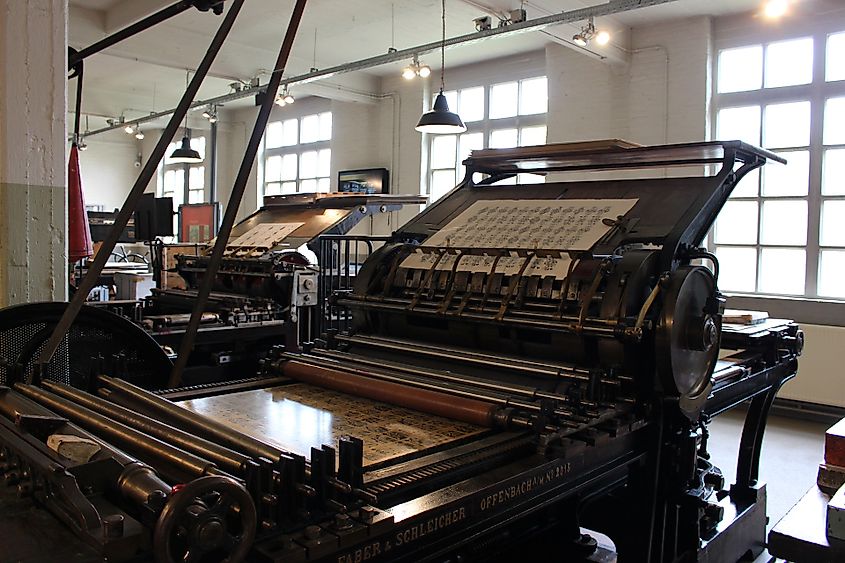
Printing technology was first introduced in China in the 11th century. Despite its introduction in China, it only was brought into the limelight in the 15th century after Johannes Gutenberg invented his printing press. The printing press he invented introduced the mass production of books and changed the way people could access the written word. We’re no strangers to the impact books continue to have on the society we live in today and none of that would have been possible without the invention of the printing press during the Middle Ages.
6. Eyeglasses
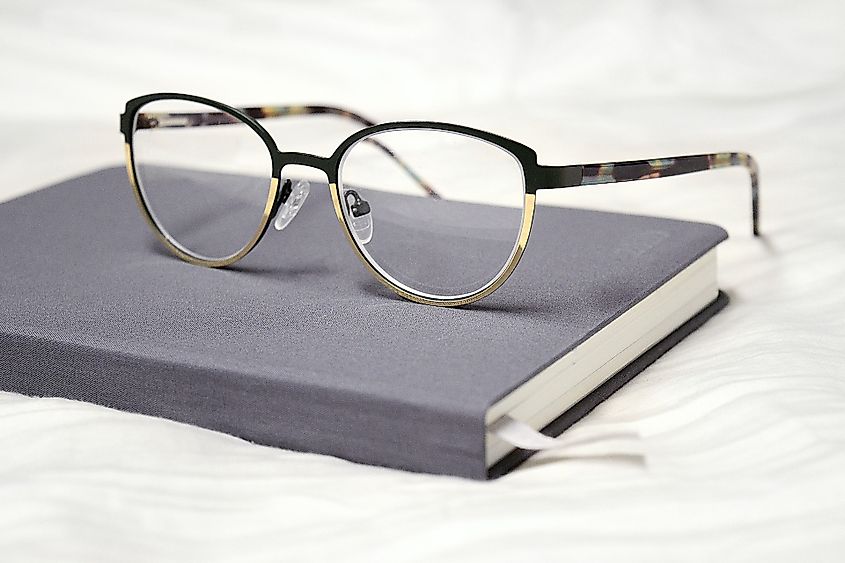
Historical estimates suggest that the first version of eyeglasses were invented in Italy around 1268. These eyeglasses were largely used by monks and scholars. These eyeglasses were not in the form that we see them in today. They had to be physically held in front of the eyes or balanced on the nose. While historians are not entirely sure if a specific person could be credited for the invention of eyeglasses, they were soon found in Western Europe during the final years of the 13th century. The eyeglasses have evolved over time and have continued to positively benefit anyone who needs their vision corrected and are an integral part of the world we live in today.
7. Windmills

Archaeologists have found that windmills were used as early as 1219 in China. These early windmills were mostly used to power water pumps and grain mills and had four blades that were mounted on a central post. They also had a cog and ring gear that converted the horizontal motion of the central shaft into vertical motion for the wheel which eventually would be used for pumping water or grinding grain. The earliest European designs for these windmills have been documented in 1270 and the concept of the windmill only spread to Europe after the Crusades.
8. Public Library
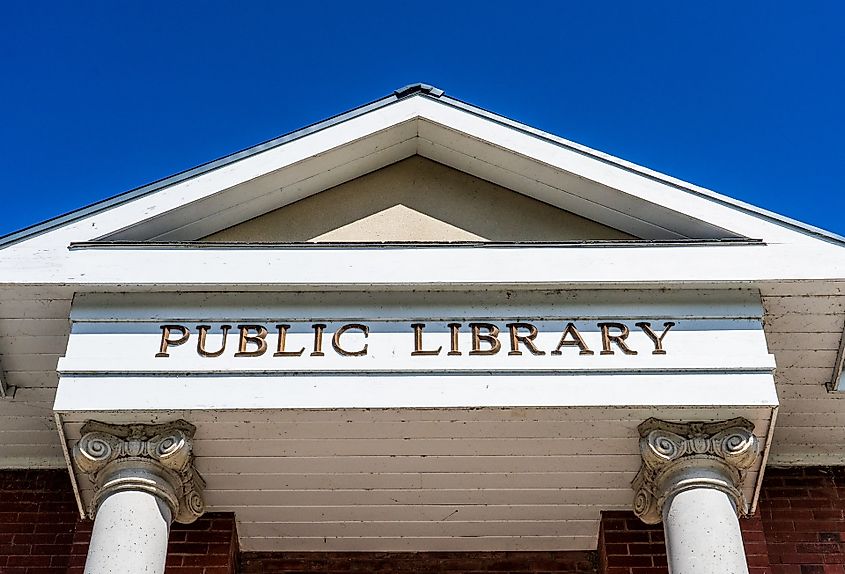
The public library as we know it today was actually invented in the Middle Ages, in 1452 in Italy. The Library of Malatesta Novello in Cesena, Italy is widely regarded as the first-ever public library in the world. Up until this, libraries were largely closed and utilized only by a very few people. The public library that first opened in Cesena was owned by the city municipality and gave people the opportunity to borrow and read books within it for free.
In Summary
As modern society grows and evolves, it’s important to remember and honor the past for all that it has given us. Most modern inventions are the result of ideas and innovations that were introduced centuries ago. If you’d like to share any more interesting facts on the Middle Ages and its inventions, comment below!











